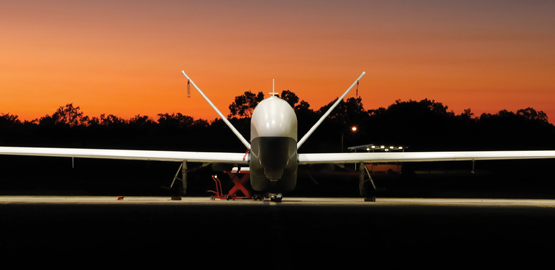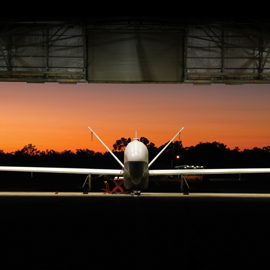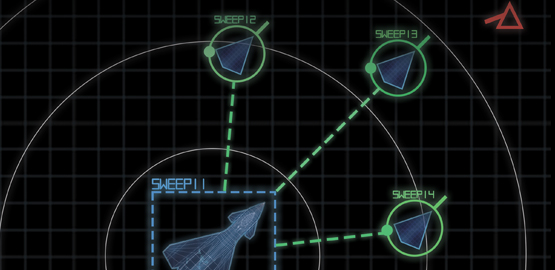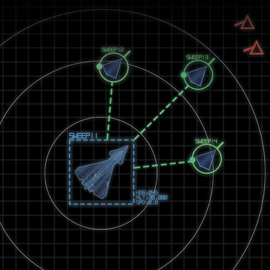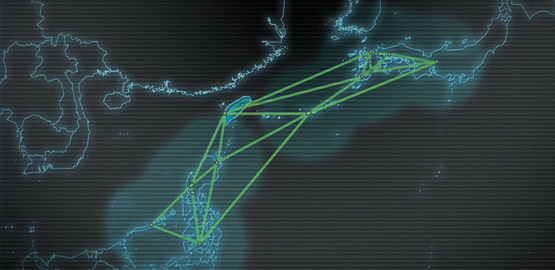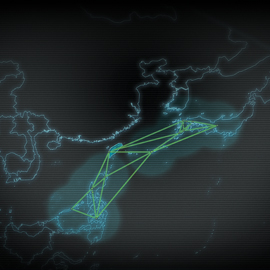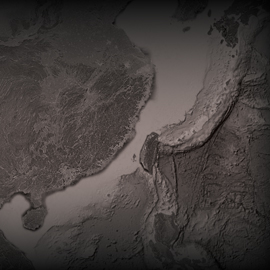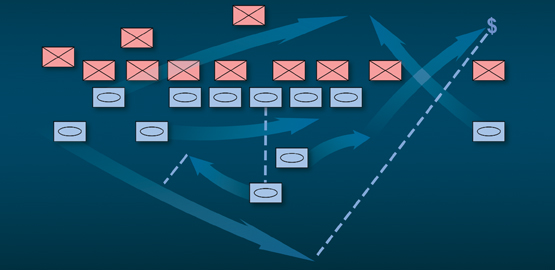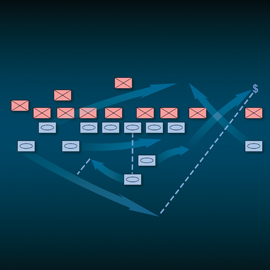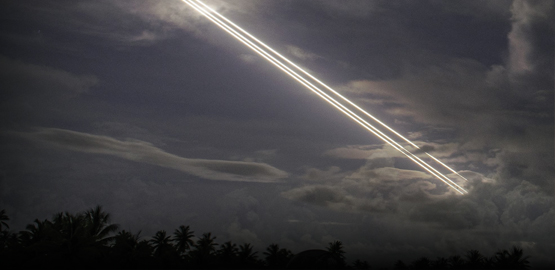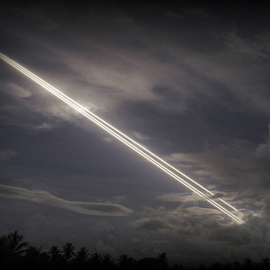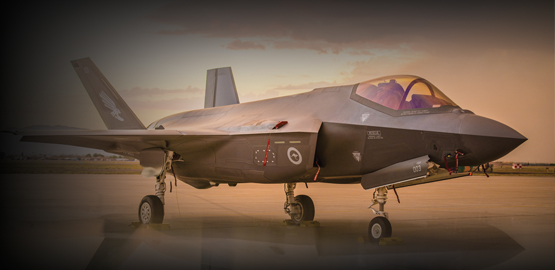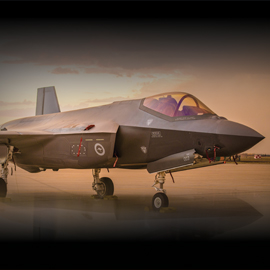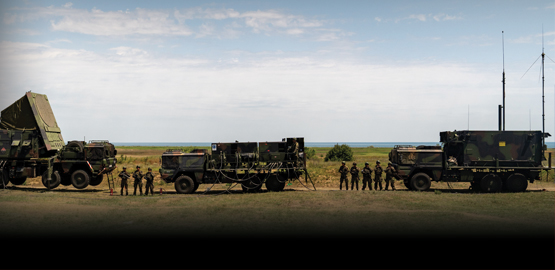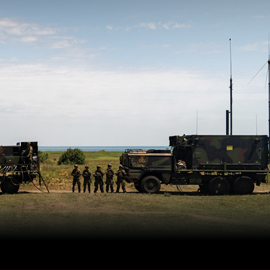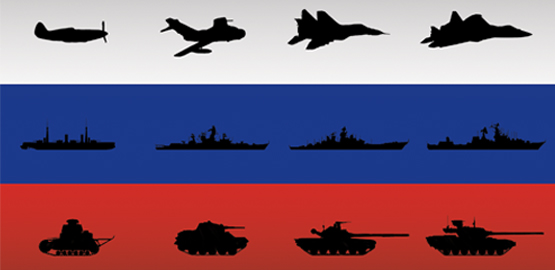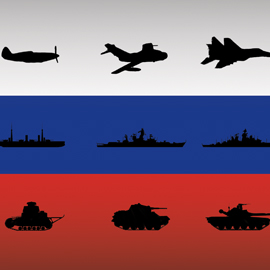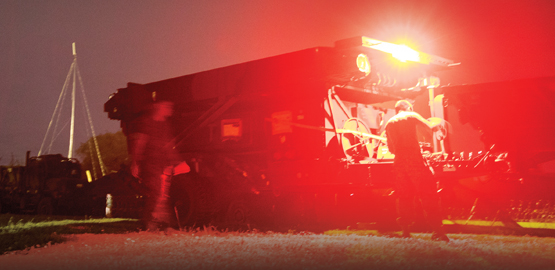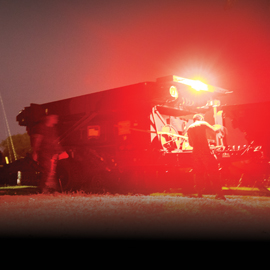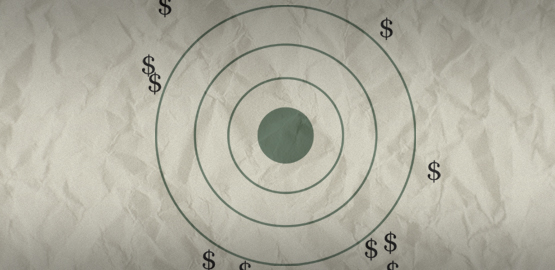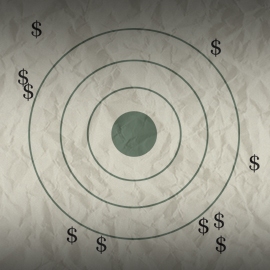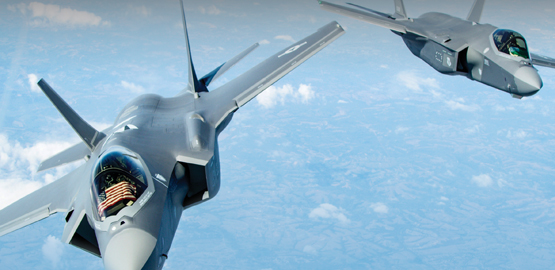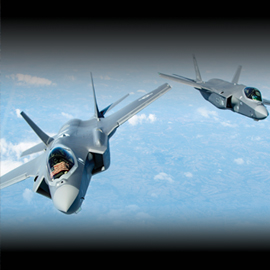Publications
"Nobody does defense policy better than CSBA. Their work on strategic and budgetary topics manages to combine first-rate quality and in-depth research with timeliness and accessibility—which is why so many professionals consider their products indispensable." – Gideon Rose, Editor of Foreign Affairs, 2010-2021
Future of the Intermediate Range Nuclear Forces (INF) Treaty
On July 17, 2014, Jim Thomas testified before the House Armed Services Subcommittee on Strategic Forces on the Future of the INF Treaty. Suspected Russian violations of the INF Treaty come at a time of great strategic uncertainty for the United States globally. While compliance issues must be swiftly addressed, the United States should also widen the aperture for evaluating the INF Treaty to ensure that it serves its broader, global interests and security commitments.
Hemispheric Defense in the 21st Century
While the Obama administration has accorded top priority to preserving U.S. security interests in the Western Pacific and Middle East, it can ill afford to overlook worrisome trends in Latin America, as its major geopolitical competitors, including Iran, China and Russia, seek to expand their influence in the region.
Critical Mass: Nuclear Proliferation in the Middle East
While current U.S. policy seeks to prevent Iran from acquiring a nuclear capability, history shows that efforts to prevent nuclear proliferation are not always successful. Thus, prudence dictates that we also must explore the question: How would the stability in the Middle East be affected if Iran acquired a nuclear arsenal?
U.S. Asia-Pacific Strategic Considerations Related to P.L.A. Naval Forces Modernization
On December 11, 2013, CSBA Vice President and Director of Studies Jim Thomas testified before the Subcommittee on Seapower and Projection Forces of the House Armed Services Committee on the strategic issues tied to China’s modernization of its naval forces.
Gateway to the Indo-Pacific: Australian Defense Strategy and the Future of the Australia-U.S. Alliance
This report examines the state of the U.S.-Australia military alliance, detailing the geopolitical shifts currently underway in Australia’s immediate neighborhood and outlining the extent to which these developments signal the advent of a new era. The seismic nature of these changes has engendered a vigorous strategic debate within Australia over the future of its defense ties with the United States.
Sustaining the U.S. Defense Industrial Base as a Strategic Asset
Since World War II, the Department of Defense (DoD) has been able to count on America's defense industrial base (DIB) always being ready to design and produce the world-class weaponry on which the U.S. military has long relied. But the U.S. DIB is considerably smaller today than it was following the Cold War’s end. Now the Pentagon confronts a period of shrinking defense budgets at the same time the international security environment is posing new military challenges, such as the emergence of anti-access/area-denial capabilities, the growing threat to space-based systems, and the proliferation of weapons of mass destruction. The Defense Department has never had a coherent, long-term strategy for sustaining the defense industrial base's core competencies. Absent a strategy that proceeds from deciding first what to keep rather than what to cut, the possibility is growing that a day will come when the country's industrial base will no longer possess all the critical design and manufacturing capabilities that the U.S. military needs.
